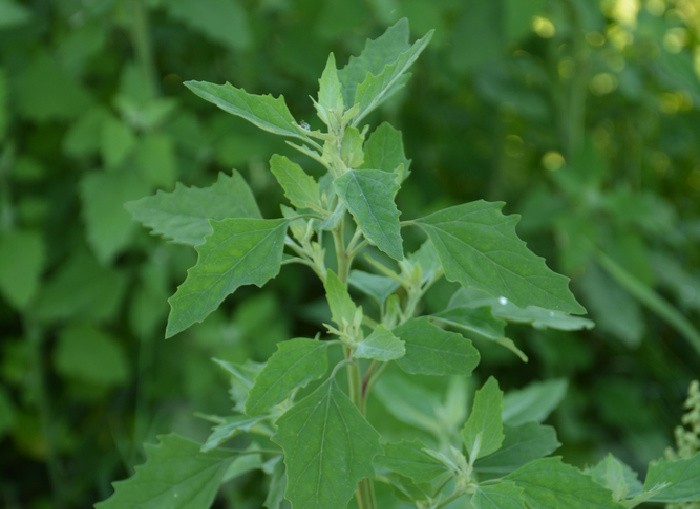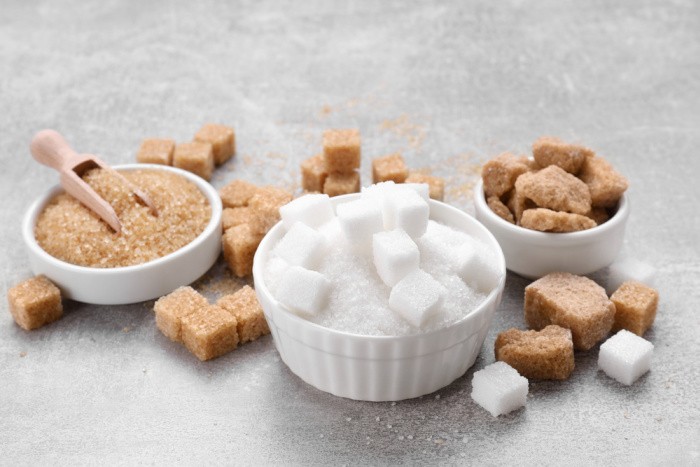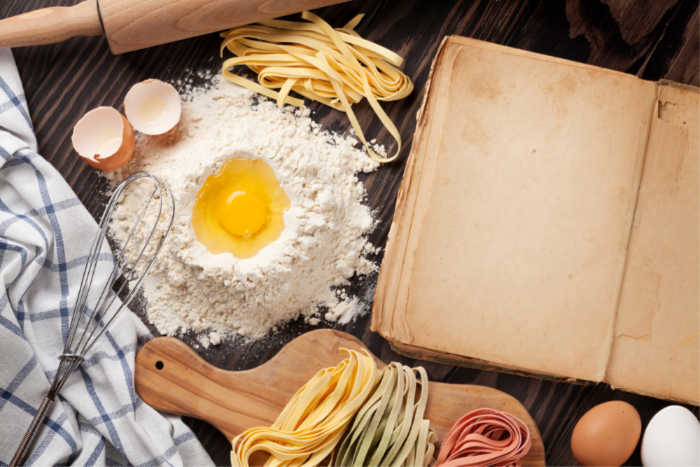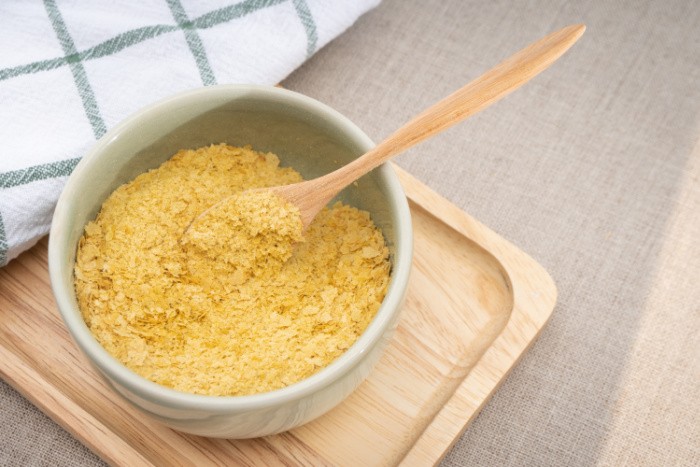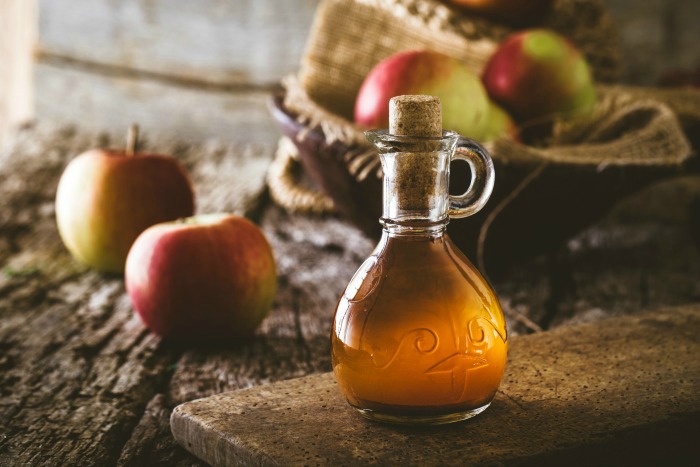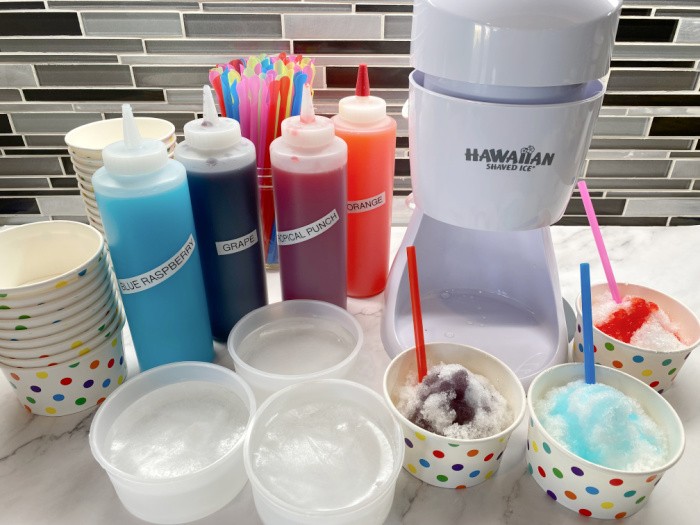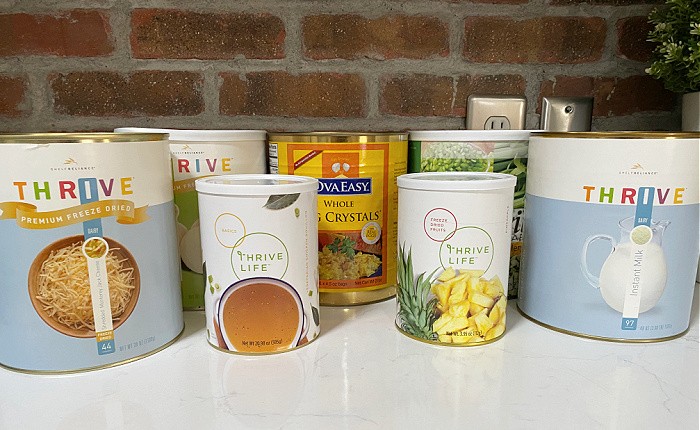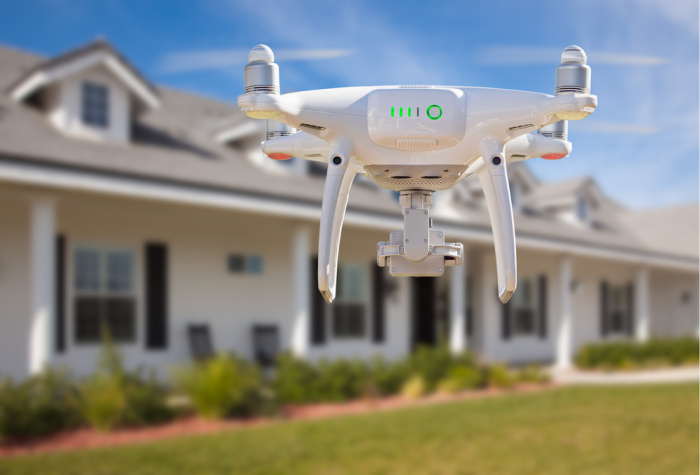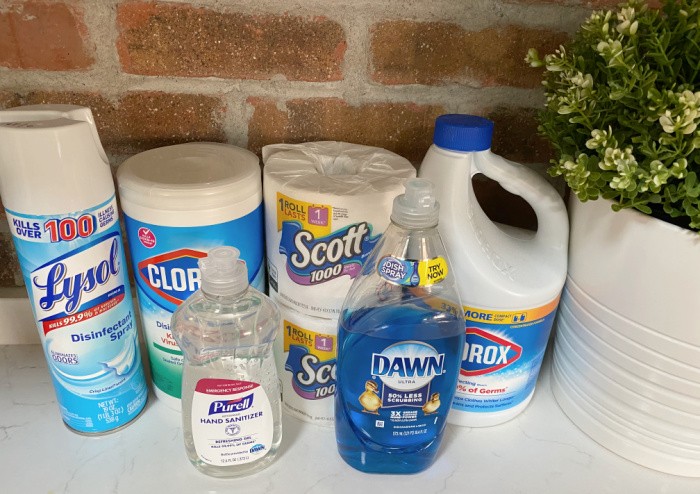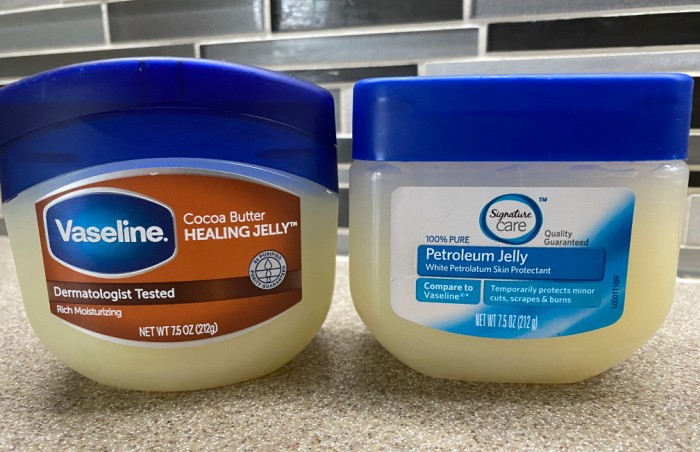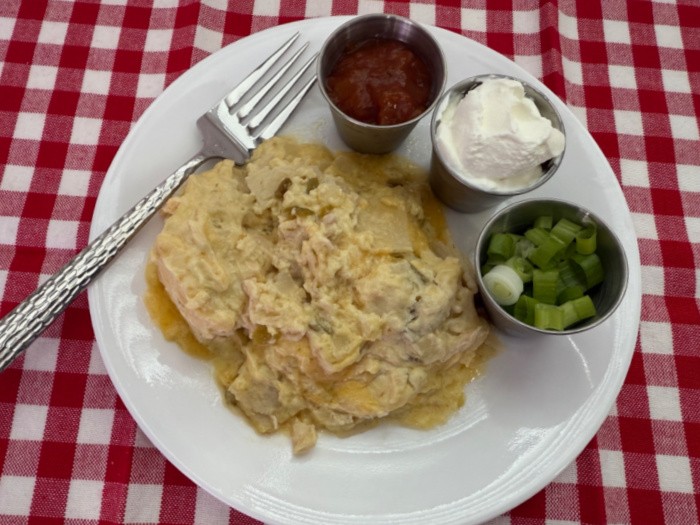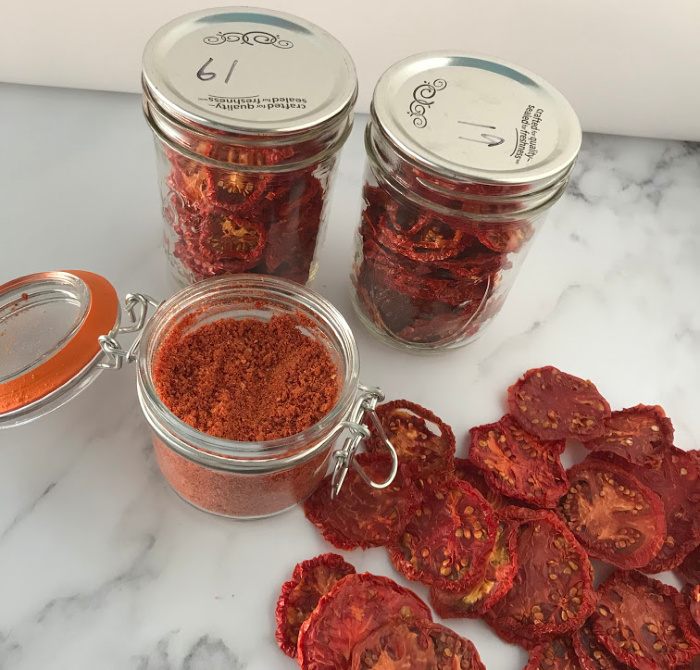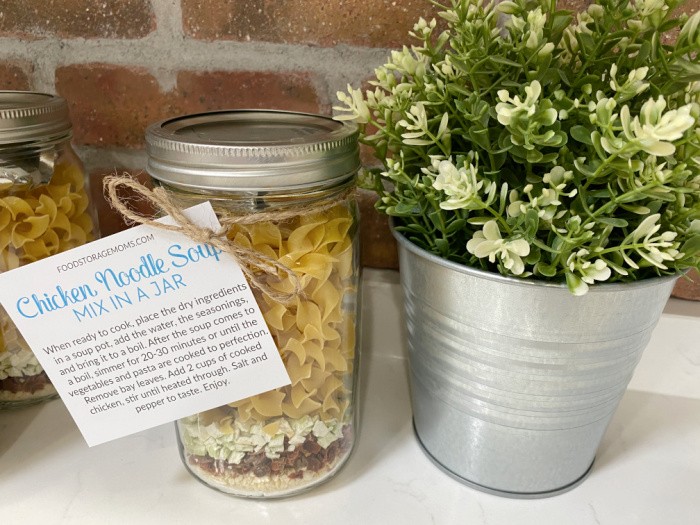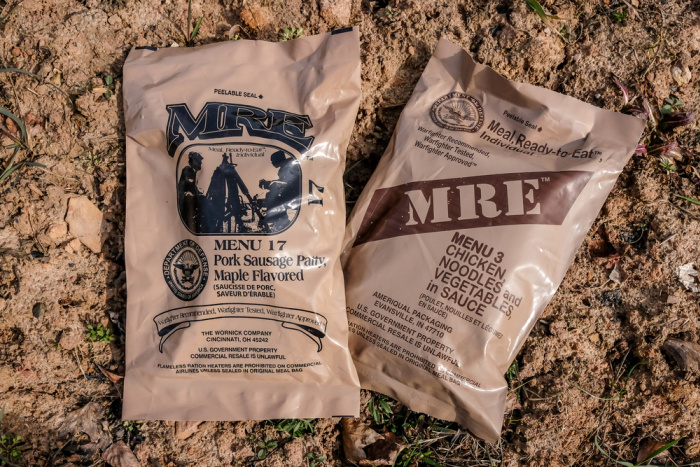Can I Eat Lamb’s Quarters? Edible Weeds
In a world full of uncertainties, grocery stores with holes in the shelves, and food scarcities across the country, it’s important to be prepared for anything.
Although most of us have stocks of food and supplies, there may come a time when we have to know how to find our own food. If you don’t live in an area where you can have a big garden or grow your own food, you may want to learn about edible weeds.
Recently, I asked myself “Can I eat lamb’s quarters as an edible weed?” Here is what I found out…
Can I Eat Lamb’s Quarters?
Lamb’s quarters are a member of the Amaranthaceae family. We once thought that they were native to Europe. However, recently, archaeologists show that seeds were stored and used by the American Blackfoot Indians in the 16th century. One lamb’s quarter plant can produce up to 75,000 seeds.
So, why did the American Blackfoot Indians have lamb’s quarters seeds? Well, you guessed it! Because these weeds are actually edible weeds! So, can I eat lamb’s quarters? Yes, I can. Not only can we eat them, but they are a purifying plant that helps restore healthy nutrients to poor quality soil.
The leaves, shoots, seeds, and flowers are all edible parts of the lamb’s quarters. However, there are saponins in the seeds that are potentially toxic, and should not be consumed in excess. Additionally, lamb’s quarters contain oxalic acid which means small quantities are recommended when eating this weed raw.
What Does It Look Like?
If you aren’t sure what lamb’s quarter looks like, you should make sure before you go picking and eating anything.
Lamb’s quarters is an annual plant that looks dusty from a distance. It has a white coating on its leaves, so that water beads and runs off. These weeds produce tiny green flowers that form in clusters on top of spikes. The leaves resemble the shape of a goosefoot.
Health Benefits of Lamb’s Quarters
As I have been studying various edible weeds, I have learned weeds are good for you! And, lamb’s quarters is one of two of the most nutritious plants in the world! Can you believe it? The other plant is a weed we’ve already talked about: purslane. Here are just a few of the vitamins and nutrients you get from lamb’s quarters:
- Beta carotene
- Iron
- Calcium
- Potassium
- High levels of phosphorus
- Copper
- Manganese
- Magnesium
- Vitamins A, C, K, and B
- 24% protein
- Amino acids
In addition to basically being a multivitamin, lamb’s quarters have been used medicinally for hundreds of years to treat stomach aches and diarrhea. Additionally, lamb’s quarter, crushed up and applied to the skin can relieve burns, itches, and inflammation.
Keep in mind that this plant does have high levels of sodium and oxalic acid. So, it should not be eaten raw in large quantities.
What Lamb’s Quarters Should I Pick?
Lamb’s quarter grows all across North America and is considered an invasive weed. When picking lamb’s quarters, you want to be careful which ones you pick. Here are some tips:
- Avoid using pesticides or herbicides in your yard.
- DO NOT harvest any lamb’s quarter that is close to a road. They can pick up pollution from cars.
- NEVER harvest any lamb’s quarter from an industrial lot, or any space where past pollution might have been an issue.
- Do NOT harvest lamb’s quarter from a yard where chemicals like pesticides and fertilizers have been used.
How to Harvest Lamb’s Quarters
You will want to harvest the young plants when they are under a foot tall. Spring to early summer is the best time to harvest your lamb’s quarters. However, you can probably find new plants popping up through summer and fall.
To harvest your weed, just simply pluck it out of the ground like you would any other weed you are trying to remove.
How to Eat Lamb’s Quarters
When the lamb’s quarters are young, the entire above ground plant is edible. Lamb’s quarters is related to spinach and can thus be put in place of spinach in any recipe. Once you have harvested these weeds, there are several ways you can eat them:
The Leaves and Stems
You can eat the stems and leaves raw, steamed, or sauteed. Once the plant matures, the older parts will be too tough to eat, but you can still eat the tender leaves on top.
The Seeds
The black seeds are also edible parts of this weed. They are very nutritious. You will want to harvest your seeds in the late fall after they have matured and dried in the field.
To eat them, you will first dry the seed clusters if they are still moist. Then, separate the seeds from the chaff by rubbing them in your hands and winnowing. After this is done, they can be boiled or cooked like you would other grains.
Lamb’s Quarters Recipes to Try
If you haven’t ever tried lamb’s quarters, you can start using them in recipes today. Here are some of our favorites:
- Creamy Lamb’s Quarters Gratin
- Lamb’s Quarters Soup
- Pesto with Lamb’s Quarters
- Lamb’s Quarters Frittata
- How to Make Lamb’s Quarter Flour
- Roasted Lamb’s Quarters
How to Store Lamb’s Quarters
Storing lamb’s quarters can be a little challenging as they don’t store for very long. You can wrap them in damp paper towels in a ziplock bag and store in the fridge for 1-3 days.
If you want to preserve them a little longer, you can store them in the freezer.
Can I Eat Lamb’s Quarters: Other Weeds You Can Eat
Along with Lambs Quarters, there are a variety of other weeds that are actually edible. Check them out, below!
#1 Red Clover
The red clover is not the traditional 4-leaf clover. Instead, it is the pinkish/purplish flower that covers the fields in color. The flowers and leaves can be eaten in salad and other dishes. If you haven’t yet, check out my post “Can I Eat Red Clover” for more details.
#2 Dandelions
If you haven’t checked out my post “Can I Eat Dandelions,” you should. It tells you everything you need to know from health benefits to harvesting and cooking.
#3 Purslane
Purslane is one of those super annoying weeds that can grow anywhere including your sidewalks. But, it is actually edible. If you haven’t already, check out my post “Can I Eat Purslane” to find out all you need to know.
#4 Plantain (Plantago Major)
Not to be confused with the tropical fruit, this plantain is actually a green leafy weed that is edible. It can be used topically to soothe burns, stings, rashes, and wounds as well as eaten. The leaves can be eaten raw, steamed, boiled or sauteed. The seeds of plantain can be cooked like a grain or ground into a four.
#5 Chickweed
This garden weed can be harvested for both food and medicine. The chickweed leaves, stems, and flowers are eaten both raw or cooked. It can be eaten much like you would eat spinach.
#6 Mallow
Mallow or malva is also known as cheeseweed because it is shaped like seed pods. It is found in lawns or garden beds throughout the United States. The leaves as well as the seed pods are edible raw or cooked.
#7 Wild Amaranth
Wild amaranth is also known as pigweed. It is another great addition to dishes that require leafy greens. The younger plants are typically softer and tastier than the older leaves. However, older leaves can be cooked like spinach.
#8 Curly Dock
Curly dock is also called yellow dock. The leaves can be eaten raw when they are young, but need to be cooked when they are older. The stems can be peeled and eaten raw or cooked. Additionally, the seeds can be boiled, eaten raw, or roasted into coffee. It’s recommended to only eat these in moderation.
Final Word on Can I Eat Lamb’s Quarters
Finding out what we can and can’t eat is essential to our survival if times call for desperate measures. Not only is this good to know if SHTF, but it’s great to know if you find yourself lost in the wilderness or shipwrecked somewhere. Knowing how to survive in these situations is crucial. May God Bless this world, Linda
Copyright Images: Chenopodium album is also called lamb’s quarters Deposit photos_399671418_s-2019

